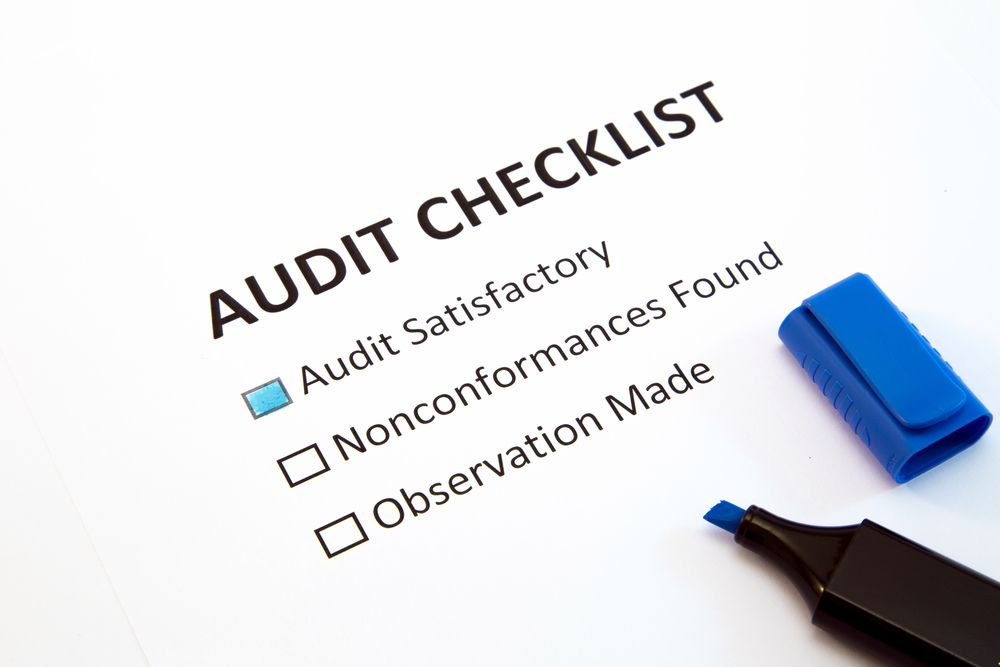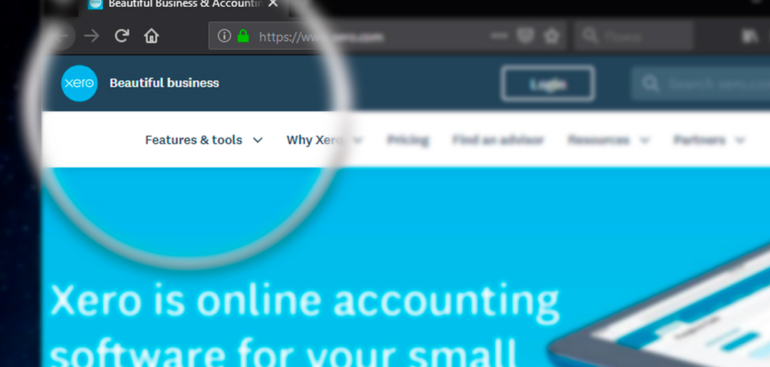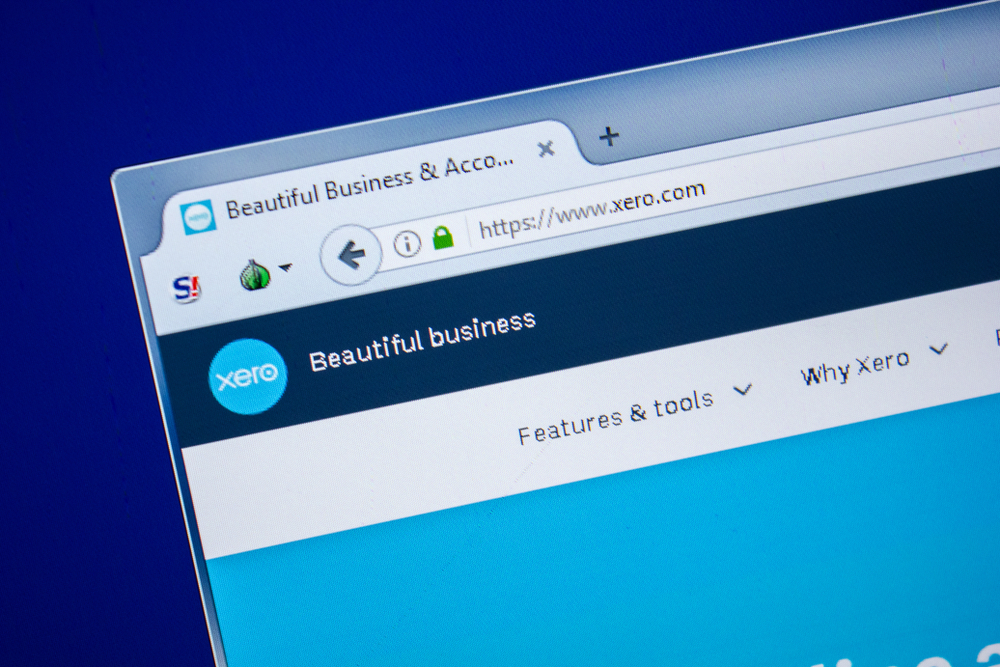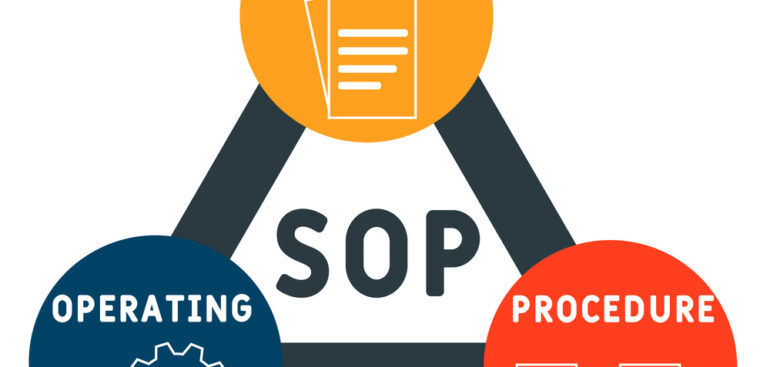For those who don’t know what is internal audit report, it is an essential deliverable of the audit engagement which must explain all the efforts that have been made, all the steps that have been completed, and all the decisions that have been taken while conducting the audit. It must contain the results of the whole audit process summarized with facts and supported with credible references.
You can call it a good internal audit report only if the contents of the internal audit report make the readers understand its objectives clearly along with describing the scope and findings of your audit engagement. Every company tends to have its audit report template (internal audit report layout). To make your internal audit engagement a complete success and draft the best internal audit report, it is advised to follow the rule of 20:40:40:
- Spend 20% of your energy on developing a detailed plan for the internal audit
- Use the first 40% of your efforts in fact-finding, making observations, examining, and conducting fieldwork.
- Keep the second 40% of your energy reserved for the internal audit findings report.
Top 27 Internal Audit Report Writing Tips – Internal Audit Reports Best Practices
If you have been questioning yourself “how to write an audit report”, you must look for the below-mentioned tips!
1. The best practice is to start creating the report’s rough draft from the very first day of the fieldwork. Day 1 of engagement should be your day 1 of writing an internal audit summary report to avoid unforeseen delays.
2. Like other auditors, do you also want to be called the “bearers of bad news”? If not, then you must check your tone and selection of words. The time has changed, and now the “Give and Take” approach is preferred as it creates a favorable business environment radiating pleasant vibes. But, don’t exaggerate your positives and balance them with negatives.
3. A report will only get a higher rating and be comprehensible when the content revolves around your core objectives. The information must clearly explain the purpose of the draft.
4. You must have used terminologies in the report, and they must be explained for a better understanding at the end of the report.
5. Never miss out on proofreading internal audit reports before the final presentation. Keep a review internal audit report checklist for each step to limit the risks of avoidable mistakes. It is advised to never finalize the report without checking for spelling, grammar, formatting, and factual or numerical errors.
6. Timely reporting and communication with team members are necessary to maintain stability, transparency, and a collaborative environment.
7. Limit writing your executive summary of the internal audit annual report to 1 page of the Word document and 1 PowerPoint slide that must not take more than 10 minutes for the readers. The senior management must keep it compact for better influence.
8. Avoid writing material misstatements in the scope and objectives paragraphs of the report.
9. The best internal audit report format is title cover, addressee details, introduction, scope and objectives, opinion, basis of the opinion, results, recommendations, conclusions, auditor’s signature, place of the signature, and audit report date.
10. The standards you are following for auditing processes must be highlighted in the introduction section, for example, ISO 9001, ISO 14001, etc.
11. Never overwhelm your report with the company’s positives. Make a “Findings Sandwich” where you will be making layers by explaining positive and negative points alternatively. Although, you better end your report on a positive note.
12. For the content, you must use bullets to your best. It is easier to catch the reader’s attention with bullet points.

13. The purpose of an internal audit report is not only to explain engagement results but also to make practical recommendations and find better opportunities to make greater progress.
14. Besides bullets, the internal audit report’s content must have tables, charts, and graphs summarizing essential stats.
15. While writing the detailed observations, make sure that each issue comprises all 5 c’s internal audit reports (Criteria, Condition, Cause, Consequence, and Corrective Action Plans/ Recommendations).
16. To keep the report legible and authentic, reference every point. Making unverifiable claims will make you lose your credibility.
17. Take full advantage of indices, appendices, and tables for bridging any information gaps.
18. Putting too much data will bore the readers. The report must have specific information to make it persuasive and logical. Eliminate redundant ideas to maintain readability.
19. Whenever you discuss any issue, it must be explained with its root cause.
20. We all have heard “first impression is the last impression” which is why we make a good impact with a quality cover. It must not skip any important information, including report title, name of auditor responsible, audit end date, and name of company or business unit audited.
21. Scientifically, you can keep the audience engaged in reading one paragraph for not more than 5 seconds. That’s why keep the 3-5 second rule in mind and try covering maximum information in the starting lines.
22. A good audit report must be drafted and critically evaluated from the audience’s perspective. You must be aware of their interests, demands, and preferences.
23. One of the best approaches to draft internal audit reporting is to emphasize the important data by circling or underlining it, highlighting it with different colors, or changing its format to bold or italics.
24. Mentioning particular teams or blaming others for the failures in internal control audit report presentation should not be the aim. The problem must be seen universally.
25. Always keep the internal audit report rating system in mind to help highlight the issues accordingly.
26. Get rid of all the unnecessary descriptive adjectives, adverbs, or pointless information from your “executive summary.” Use numbers, facts, stats, figures, and percentages while summarizing your report’s content.
27. Always make your internal audit reporting lines brief yet understandable and move with brevity!
Profits Plus’s Internal Audit Service – Designed to Improve the Reliability
Profits Plus has a team of certified accountants who are always ready to guide Dubai-based businesses throughout the internal audit process and provide outstanding risk advisory. From measuring the procedure’s effectiveness to supervising financial operations, we ensure you adopt the policies that help you improve internal operational control.



















